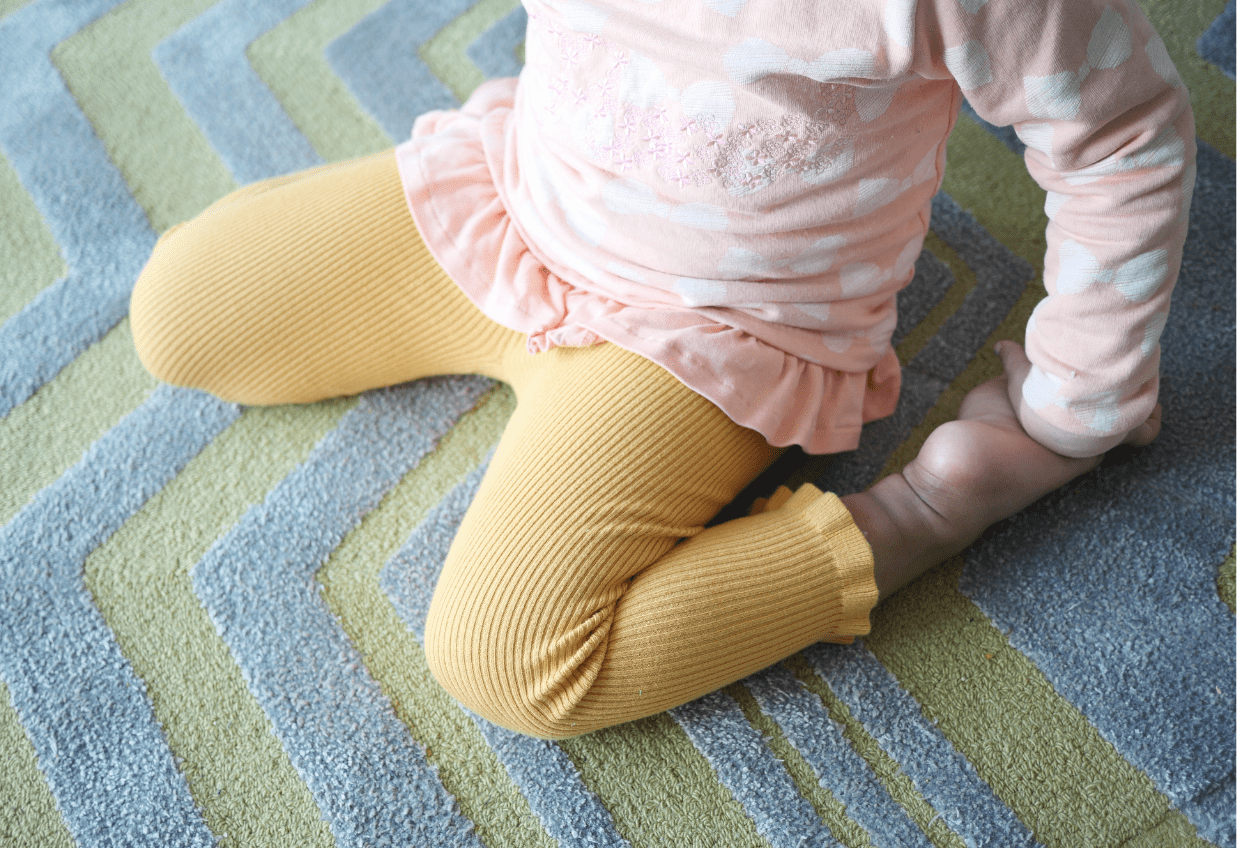W-sitting and Potential Adverse Effects
W-sitting and Potential Adverse Effects
Deb Mordhorst, Doctor of Physical Therapy
While W-sitting is a common and perhaps preferred choice for many children, it is highly discouraged by therapists as toddler years are approached due to potential adverse effects in both the short and long-term. Musculoskeletal alignment in general is strained because of the shortened position of specific muscles of the lower extremities potentially affecting movement quality with performance of gross motor skills as well as balance and coordination. In those children at risk for orthopedic complications, even more severe outcomes may result with repetitive W-sitting including, but not limited to, hip dislocation.
In addition to impaired musculoskeletal alignment of the lower extremities, W-sitting inhibits proper posture as well as strength and flexibility of the torso. Due to the slouched alignment that usually results from W-sitting, weakness in muscles on both the front/back of the torso occurs and ranges of motion for spinal extension ie elongation in addition to rotation are restricted. These two actions are essential in development for using the upper extremities to reach across the body and grasp/manipulate objects for the acquisition of fine motor skills.
As bad habits are hard to break, it is recommended to correct W-sitting sooner rather than later to avoid any aforementioned musculoskeletal impairments or delays in acquiring skills. More favorable options to W-sitting include Long-Sitting, Tailor Sitting with criss-crossed legs, or even Side-Sitting. These options can better facilitate adequate muscle length and strength to aid in successful development and dynamic movement.
Campbell, Suzann K, PhD, FAFTA (2006). Physical Therapy for Children. Elsevier Inc.
Roberts, Teri. The Long-Term Dangers of W Sitting. Azopt.net
The Truth About W Sitting. Child Development Centre. Cdchk.org

